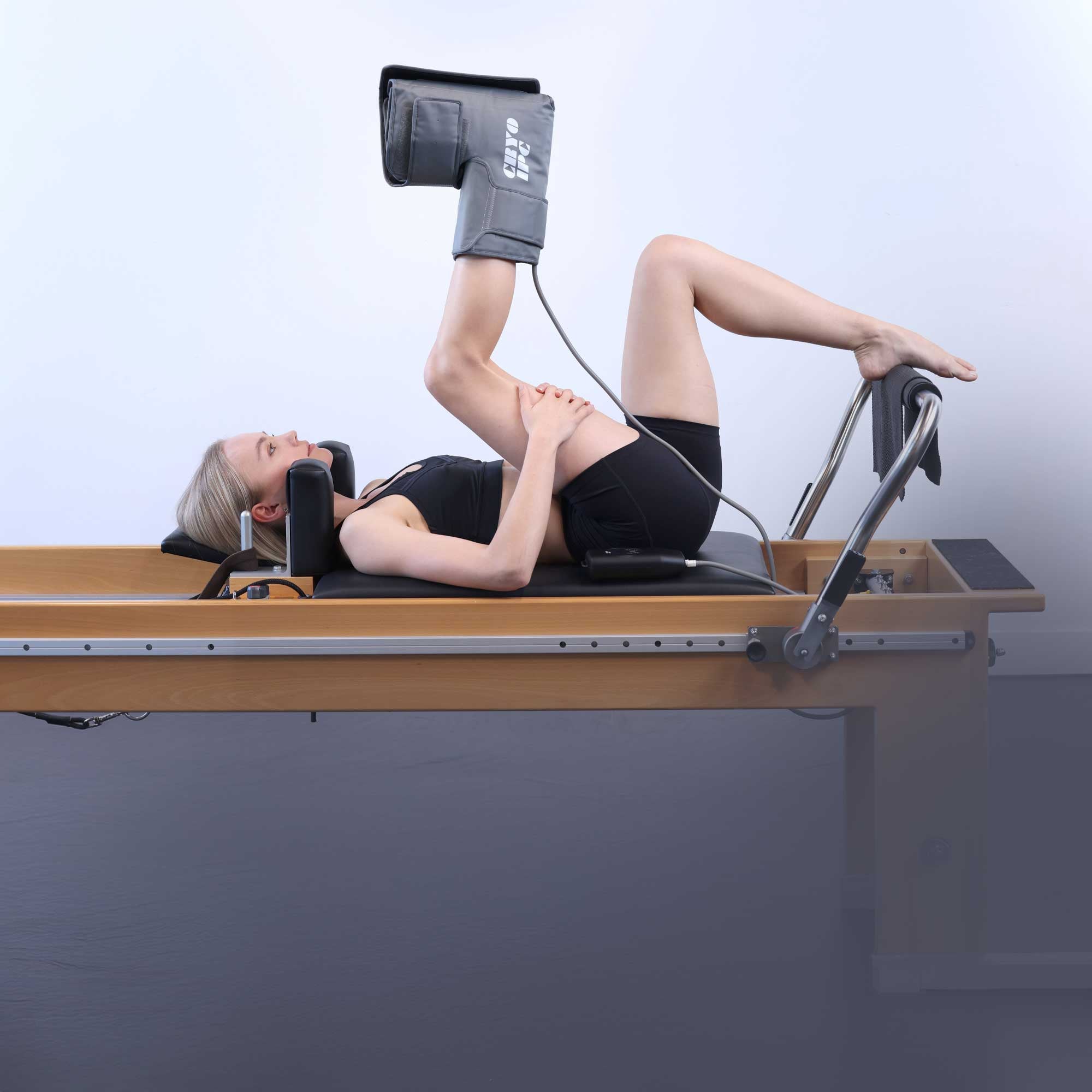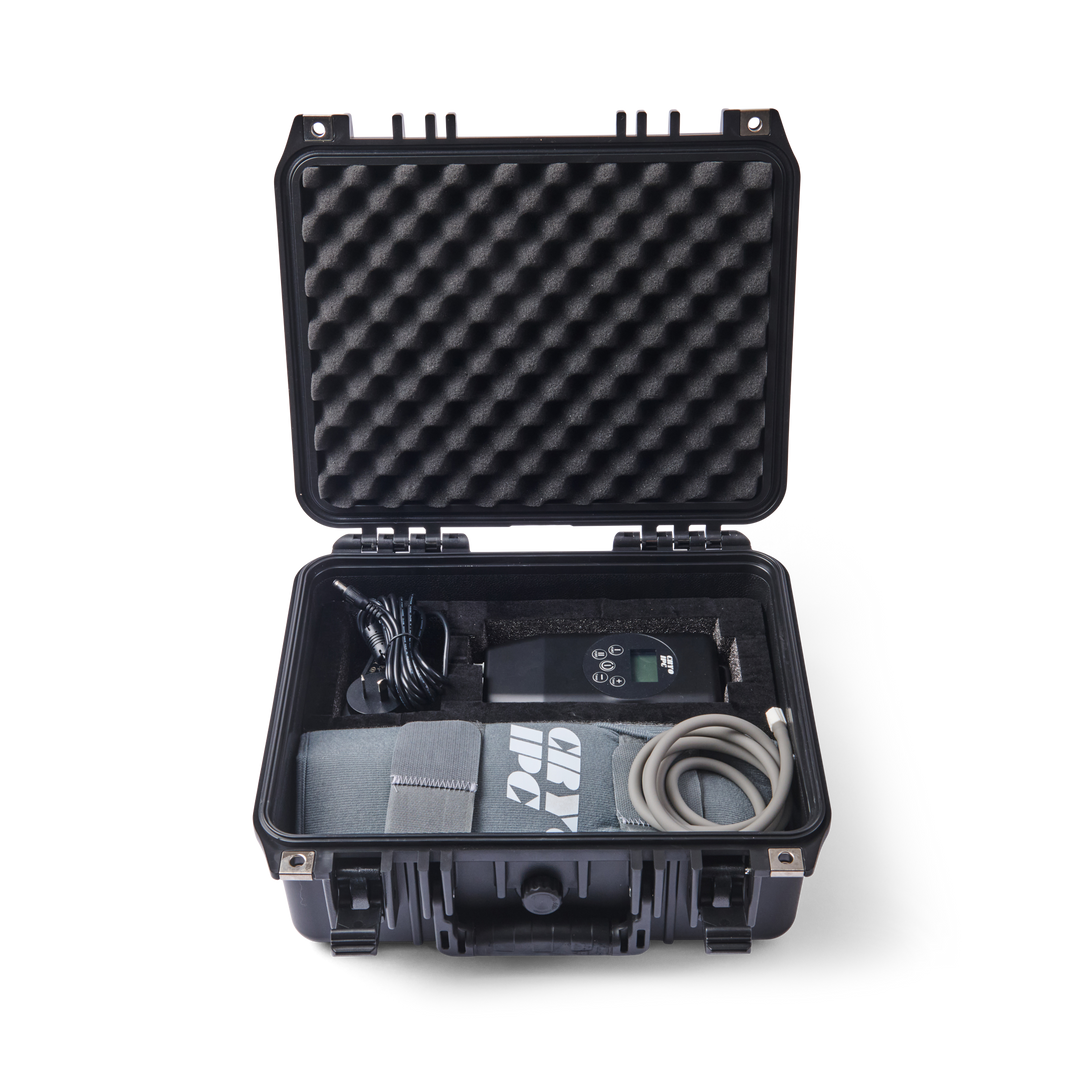The Cryo IPC ankle wrap is used for many common ankle conditions including
Ankle arthritis - including osteoarthritis (ageing), rheumatoid arthritis (auto-immune) can both cause pain, swelling and mobility issues.
Ankle bursitis - inflammation of the small fluid-filled sac near the ankle joint
Ankle fractures - a break due to a fall, twist or impact. You generally cannot bear weight at all on a broken ankle.
Ankle sprain - very common when the ankle ligaments stretch, tear, when the ankle twists or “rolls”
Ankle strain - injury to the muscles or tendons that connect muscles to the bones. Strains are less common than sprains.
Achilles tendinitis - inflammation of the Achilles, often seen in athletes
Flatfoot (Pes Planus) - low or absent arches, stressing ankles
Gout - a type of arthritis that causes severe pain and swelling
Plantar Fasciitis - pain at bottom of foot and also ankle pain
Peroneal tendonitis - inflammation of the tendons of the outer ankle
What are the benefits of CryoIPC for ankle pain?
CryoIPC is affordable and customisable - and you can take it to your game to use post-workout or injury.
Every “wrap” can be purchased separately, and the same pump can be used for multiple body parts. Benefits include
- 2-in-1 hospital grade cooling and compression
- Personalised to your injury and fit
- No ice required (an inner gel wrap manages the temperature)
- No water required (so less bacteria risk)
- Programmable treatment time up to 100 mins
What are common symptoms of ankle pain?
- Pain can be sharp or dull, often worsening with walking, standing or climbing stairs.
- There may be visible swelling and tenderness to the touch
- Clicking or popping sounds
- Loss of strength in affected ankle
- Stiffness and inability to move the ankle joint smoothly
- There may be reduced range of motion
- It may be hard to bear weight. If you cannot bear weight at all this is more likely a fracture.
- The elbow may feel stiff, especially after rest or long periods of inactivity
- If there is inflammation or injury, there may be some bruising or discolouration
What are red flags for ankle pain?
Serious conditions that cause ankle pain and require an urgent visit to the ER include
Broken bones or visible deformity
- Sudden, intense pain that may indicate fracture
- Dislocations
- Severe swelling, heat, redness or bruising
- Open wound and protruding bone
- Previous history of ankle injury
- Loss of sensation or tingling
Top tip: Measure your ankle pain. Using the VAS pain scale, where 0 is no pain and 10/10 is the worst possible pain, you should monitor sharp pain from onset to be sure it is not worsening over time, especially when you are not exercising.
If sharp pain is associated with a loss of range of movement or strength then early intervention by a health professional such as a physiotherapist will optimise recovery for your ankle condition or injury.




